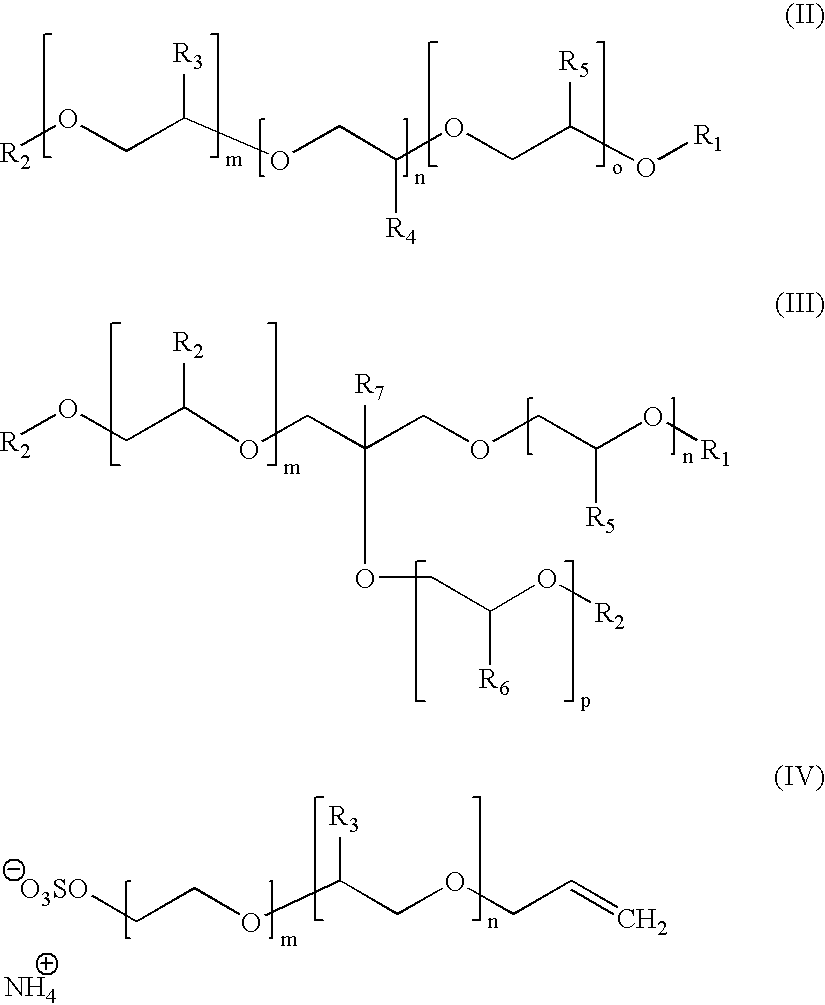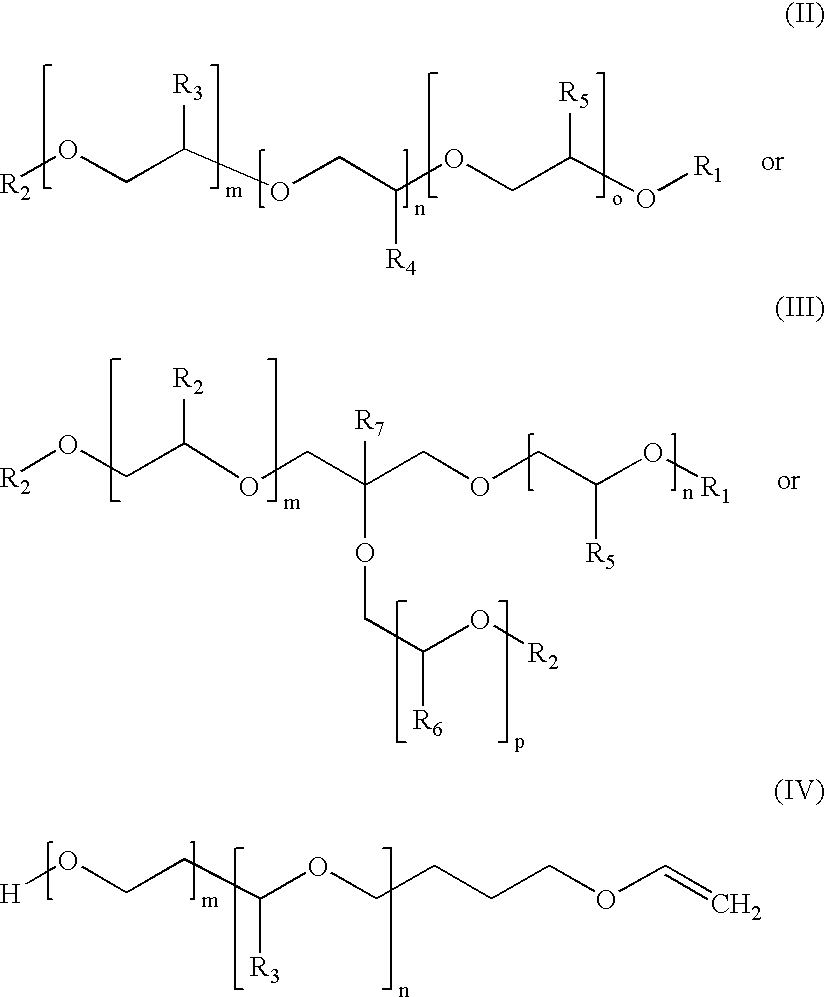Curing agent component for an at least two-component mortar composition, method of preparing it and its use
a technology of curing agent and mortar composition, which is applied in the directions of transportation and packaging, special tyres, other chemical processes, etc., can solve the problems of difficult use, high cost, and difficulty in achieving constant good and reproducible strength values, and achieves simple and homogeneous mixing, high load value, and excellent strength value of construction elements.
- Summary
- Abstract
- Description
- Claims
- Application Information
AI Technical Summary
Benefits of technology
Problems solved by technology
Method used
Image
Examples
example 2
[0058] A resin component A and a curing agent component B are prepared from the following constituents:
[0059] Resin Component A:
[0060] 20% by weight of urethane methacrylate
[0061] 18% by weight of butylene glycol dimethacrylate
[0062] 4.8% by weight of isobornyl methacrylate
[0063] 10% by weight of methyl methacrylate
[0064] 42% by weight of quartz sand
[0065] 3.4% by weight of pyrogenic silica
[0066] 1.5% by weight of dimethyl-m-toluidine
[0067] 0.3% by weight of lonol (butyl hydroxytoluene)
[0068] Curing Agent Component B:
[0069] 30% by weight of methoxypolyethylene glycol-560 methacrylate
[0070] 20% by weight of water
[0071] 10% by weight of dibenzoyl peroxide (75% aqueous)
[0072] 35% by weight of glass microspheres and
[0073] 5% by weight of pyrogenic silica
[0074] After they are prepared, the two components are mixed in a ratio by volume of 5:1 and the extraction force, determined as described in Example 1 using an anchor rod M12 set in this mortar composition, is found to be 79 kN.
example 3
[0075] A resin component A and a curing agent component B are prepared from the following constituents:
[0076] Resin Component A:
[0077] 30% by weight of unsaturated polyester,
[0078] 20% by weight of styrene,
[0079] 5.2% by weight of divinyl benzene
[0080] 40% by weight of quartz sand and
[0081] 3% by weight of pyrogenic silica
[0082] 1.5% by weight of dimethylaniline
[0083] 0.3% by weight of lonol (butyl hydroxytoluene)
[0084] Curing Agent Component B:
[0085] 35% by weight of polyethylene glycol-500 allyl ether 10% by weight of water 15% by weight of dibenzoyl peroxide (75% aqueous) 35% by weight of glass microspheres and 5% by weight of pyrogenic silica
[0086] After they are prepared, the two components are mixed in a ratio by volume of 3:1 and the extraction force, determined as described in Example 1 using an anchor rod M12 set in this mortar composition, is found to be 68 kN.
PUM
| Property | Measurement | Unit |
|---|---|---|
| temperatures | aaaaa | aaaaa |
| temperature | aaaaa | aaaaa |
| temperature | aaaaa | aaaaa |
Abstract
Description
Claims
Application Information
 Login to View More
Login to View More - R&D
- Intellectual Property
- Life Sciences
- Materials
- Tech Scout
- Unparalleled Data Quality
- Higher Quality Content
- 60% Fewer Hallucinations
Browse by: Latest US Patents, China's latest patents, Technical Efficacy Thesaurus, Application Domain, Technology Topic, Popular Technical Reports.
© 2025 PatSnap. All rights reserved.Legal|Privacy policy|Modern Slavery Act Transparency Statement|Sitemap|About US| Contact US: help@patsnap.com



